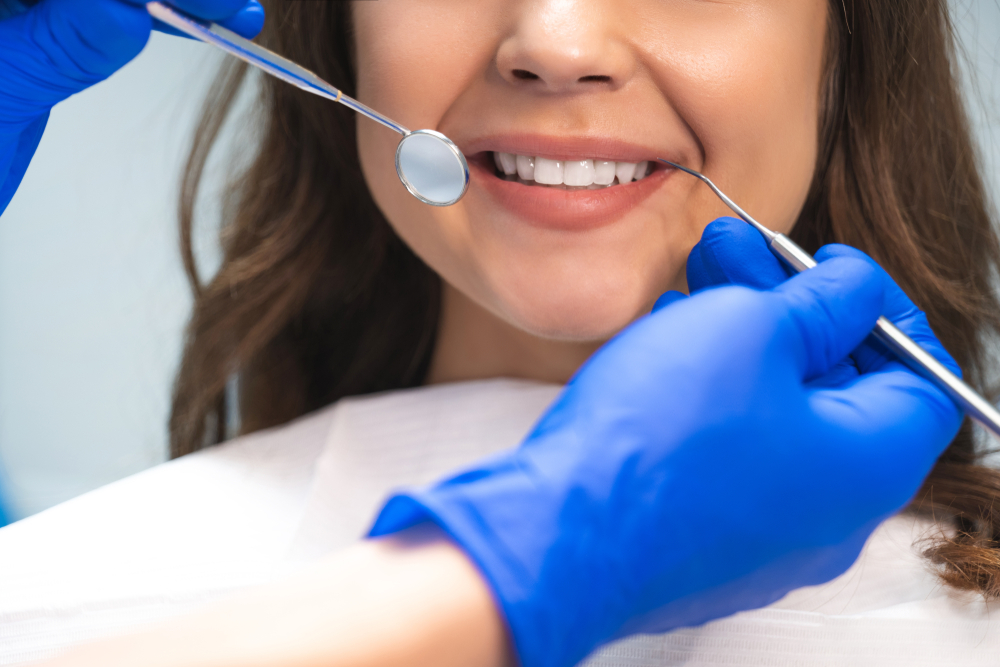Tooth extractions can be an intimidating experience for many, but understanding the process can help alleviate some of the anxiety. At Chestnut Ridge Dental, we believe in providing our patients with all the information they need to feel confident and comfortable before undergoing any dental procedure. In this blog, we’ll cover the different types of tooth extractions and offer some essential tips on how to prepare for your extraction day.
Types of Tooth Extractions
There are two main types of tooth extractions: simple extractions and surgical extractions. The type you need will depend on the condition of your tooth and its position in your mouth.
1. Simple Extractions
A simple extraction is performed on a tooth visible in the mouth and easily accessed. This type of extraction is usually done under local anesthesia. The dentist uses a dental elevator to loosen the tooth and then forceps to remove it. Simple extractions are commonly performed on teeth that are damaged due to decay, infection, or trauma.
2. Surgical Extractions
Surgical extractions are more complex and are required when a tooth is not easily accessible, such as when it is impacted or has broken off at the gum line. This procedure involves making a small incision in the gum to access the tooth. In some cases, the tooth may need to be broken into smaller pieces for easier removal. Surgical extractions are commonly performed on wisdom teeth or severely damaged teeth.
Preparing for a Tooth Extraction
Undergoing a tooth extraction can be a significant event, and proper preparation is essential to ensure a smooth procedure and a comfortable recovery. Whether you’re dealing with a problematic wisdom tooth, a severely decayed tooth, or another dental issue, taking the time to prepare both mentally and physically can greatly impact your overall experience. At Chestnut Ridge Dental, we believe that informed patients are more likely to have a positive outcome, which is why we provide thorough guidance on how to get ready for your extraction.
Preparation starts well before you arrive at the dental office. It involves understanding the procedure, making necessary lifestyle adjustments, and setting up a supportive environment for your recovery. By taking proactive steps, you can reduce anxiety, minimize discomfort, and ensure that the healing process goes as smoothly as possible. From managing your medication to creating a comfortable recovery space at home, each aspect of preparation plays a crucial role in your dental health journey.
In the following sections, we’ll walk you through everything you need to know to prepare for your tooth extraction, so you can approach the procedure with confidence and peace of mind.
1. Discuss Your Medical History
Before the procedure, it’s crucial to provide your dentist with a complete medical history, including any medications you are taking, allergies, and underlying health conditions. This information helps your dentist determine the best approach to your extraction and any necessary precautions.
2. Follow Pre-Operative Instructions
Your dentist may provide specific instructions to follow before your extraction, such as avoiding food and drink for a few hours before the procedure, especially if you’re receiving sedation. Make sure to follow these instructions closely to ensure safe and successful extraction. On the day of your extraction, be sure to brush and floss your teeth thoroughly, but avoid the area around the tooth that will be extracted if it’s sensitive or painful. A clean mouth helps reduce the risk of infection. However, avoid using mouthwash or rinses unless directed by your dentist.
3. Arrange for Transportation
If you’re receiving sedation or anesthesia, it’s important to arrange for someone to drive you home after the procedure. The effects of sedation can linger, making it unsafe for you to drive yourself.
4. Prepare a Recovery Space
Set up a comfortable space at home where you can rest after your extraction. Stock up on soft foods, such as yogurt, applesauce, and soups, which are easier to eat while your mouth heals. Having ice packs on hand can also help reduce swelling.
5. Ask About Aftercare
Make sure to discuss aftercare instructions with your dentist before the procedure. Knowing how to care for your mouth post-extraction—such as when to take pain medication, how to manage bleeding, and when to resume normal activities—will help promote a smooth recovery.
6. Stay Hydrated
Hydration is crucial before and after the extraction. While you may need to fast before the procedure, ensure you are well-hydrated leading up to the fasting period. After the extraction, continue drinking plenty of fluids, but avoid hot beverages and carbonated drinks, which can irritate the extraction site.
Why Choose Chestnut Ridge Dental for Tooth Extractions?
Tooth extractions, while common, require careful planning and consideration. Whether you need a simple extraction or a surgical one, understanding the process and knowing how to prepare can help you feel more at ease. At Chestnut Ridge Dental, we’re here to support you every step of the way, ensuring that your experience is as comfortable and stress-free as possible. If you have any questions or need to schedule an extraction, don’t hesitate to contact us at (201) 391-4466.





